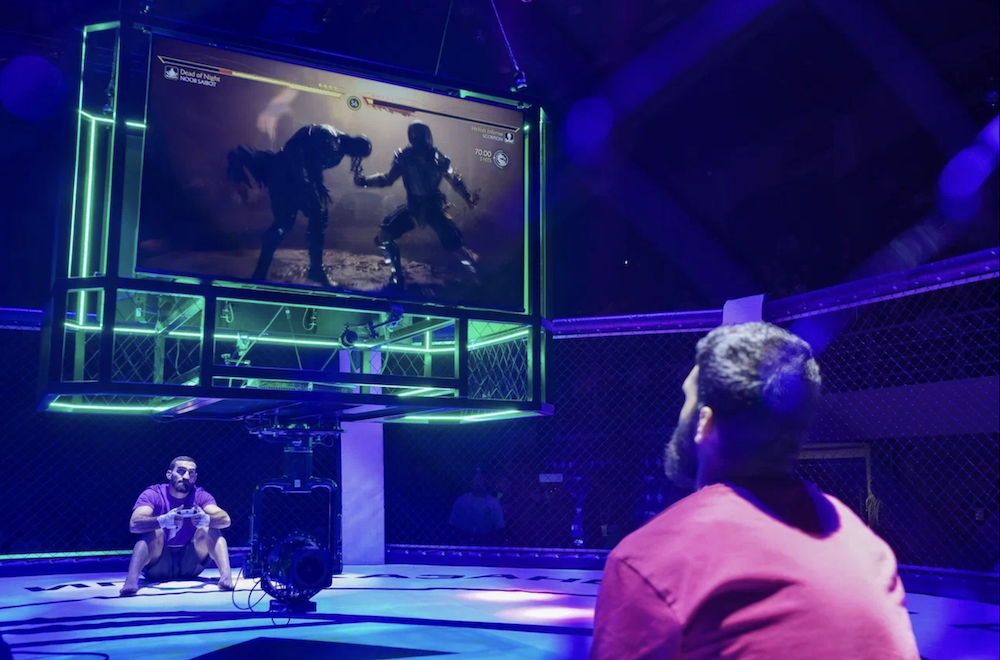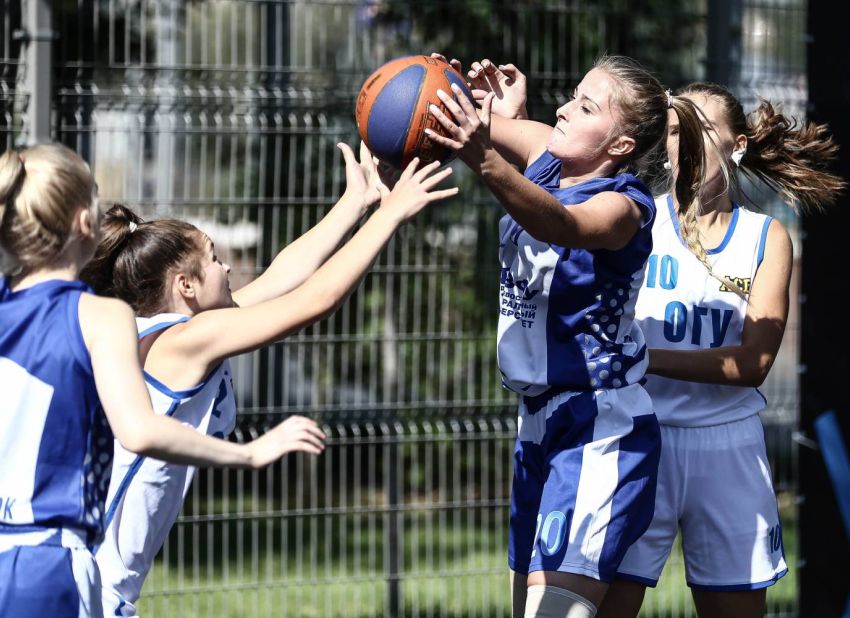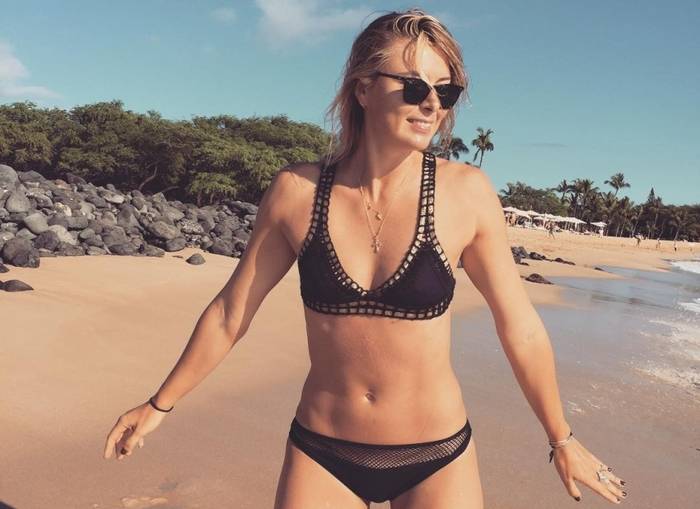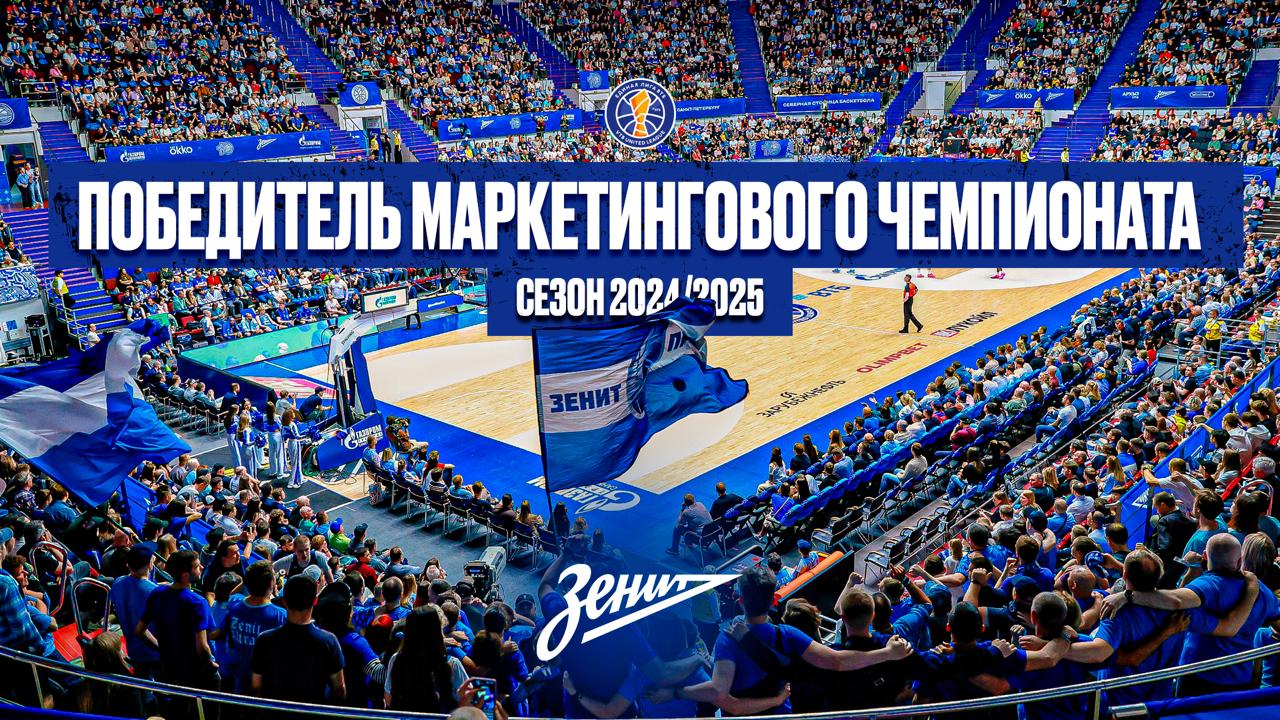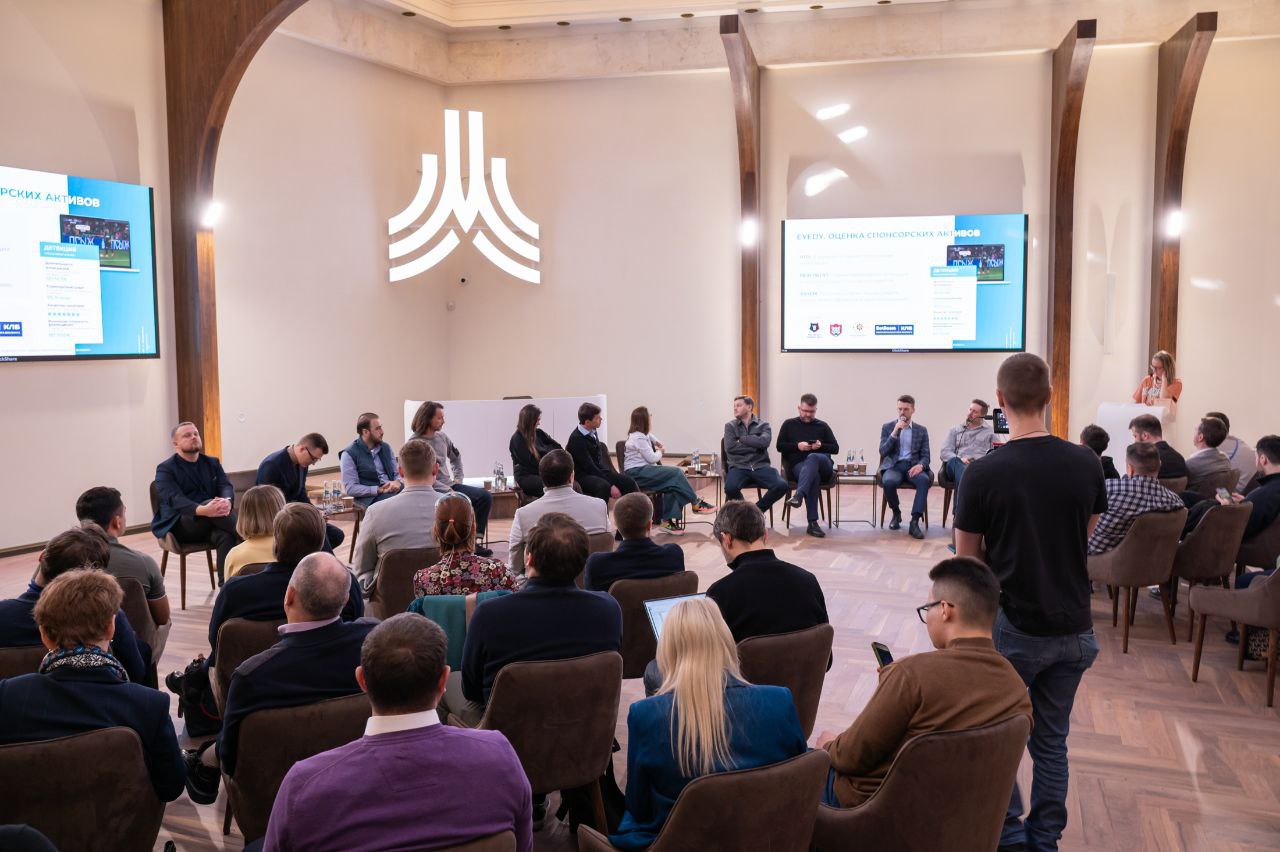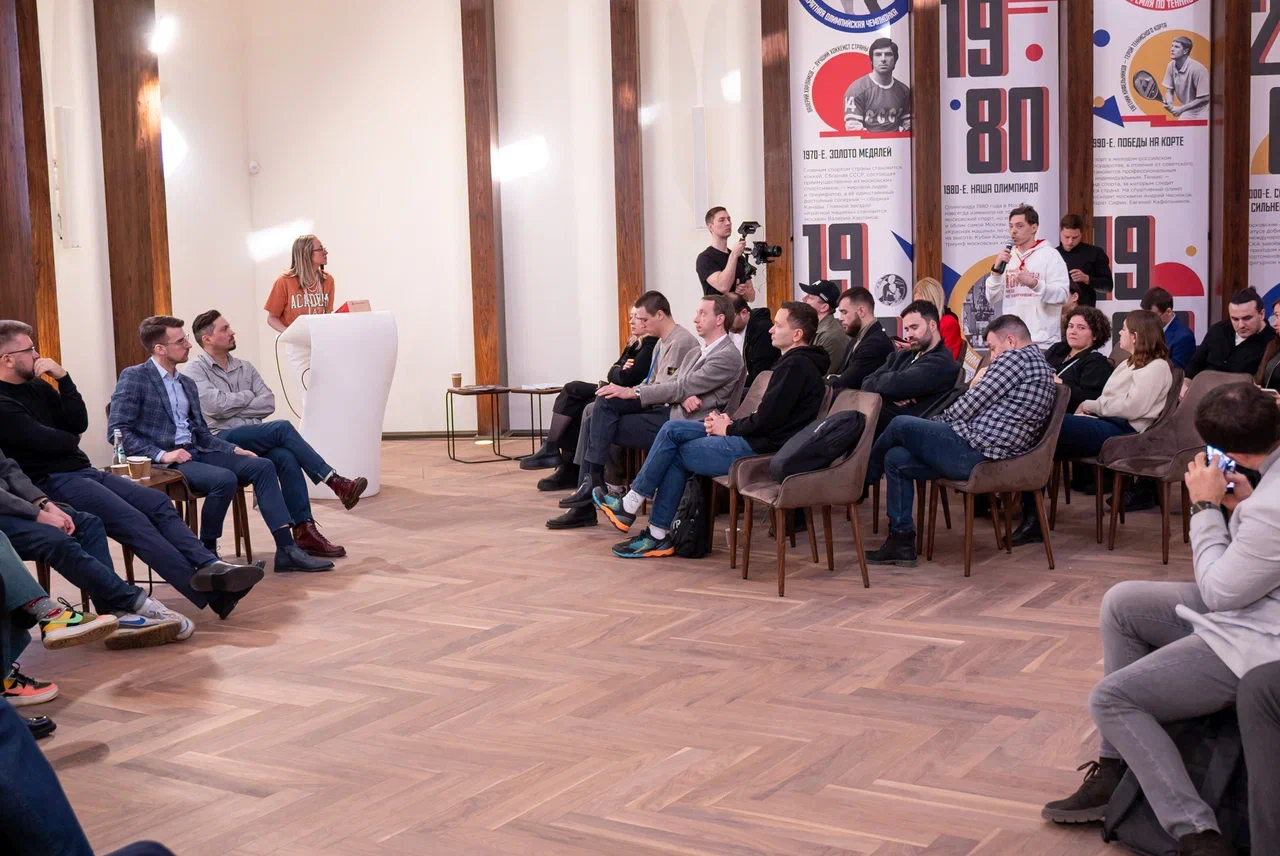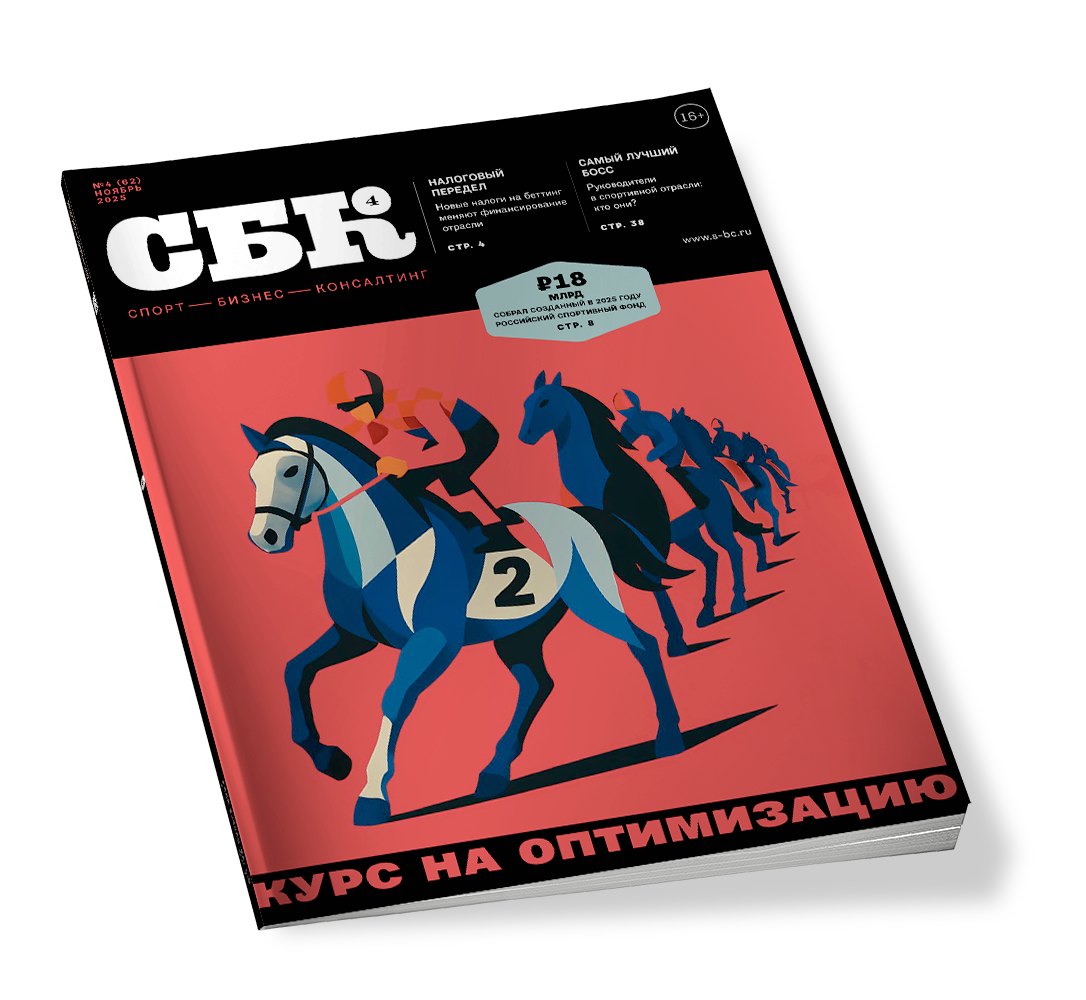Andrey Malygin,
Head of the Sports Marketing department at MFPU “Synergy”, Associate Professor
"SBC. Sport Business Consulting magazine" №6 2012, November/December
Give a man a fish, and you feed him for a day; show him how to catch fish, and you feed him for a lifetime
Parable
The rapid development of sports infrastructure in Russia over the past ten years has long been a subject of controversy between experts and ordinary sports fans: the huge amount of budget costs, corruption scandals, ill-conceived projects, and poor choice of accommodation places. Andrey Malygin told SBC on possible balance between costly to build and maintain sports facilities and potential revenue.
Increased interest in organized physical activity of the population is directly dependent on the number of associated facilities. This axiom is the basis of decisions of the authorities, whose duty to society is to create appropriate conditions for the formation of a healthy nation.
Obviously, in both cases, the state is interested in the emergence of new and maintenance of existing sports facilities.
According to Rosstat, in 2011, in our country there were more than 250 thousand different types of sports facilities[1]. The annual cost of construction, renovation and equipping of stadiums, playgrounds, sports palaces and sports and fitness centers only within the frameworks of the Federal Target Program “Development of physical culture and sports in the Russian Federation for 2006 – 2015” is more than 10 billion rubles[2].
The federal target program clearly defines funding strategy as well. Thus, 61% of the costs is borne by the federal budget, 35% - from the budgets of the subjects of the federation, and about 4% is made from extra-budgetary sources. This year alone, the costs under the federal target program account for almost 13 billion rubles, and in general, according to the Ministry of Finance of the Russian Federation 90.6 billion rubles have already been spent on the development of physical culture and sports in the country for 9 months[3].
There is a somewhat different pattern of financing of the construction of fitness facilities under the program launched by the “Edinaya Rossia” (United Russia) party in 2004. Initially, it was stated about the construction of the “1000 sports and recreation centers” (which is the number of future objects widely covered by various media) throughout the country. According to the party 218 facilities were built (143 sports and recreation centers, 58 ice rinks, 11 pools and 6 multicomplex facilities) by October 10, 2010. Total costs spent amounted to more than 10 billion rubles, though the federal budget costs amounted to only 32%. The remaining resources were attracted from regional budgets.
Depending on the type of the sports and recreation center (universal for many sports, with a swimming pool, a skating rink), its cost ranged from 150 million to 400 million. The sports and recreation center’s design costs can be 3-5% of the total construction costs – from 700 thousand to 3 million. Ratio of federal and regional funds could also vary from 1:3 to 1:5.
It should be stated that the construction of sports facilities in Russia is very much supported by the state. However, sports facilities are also built by private investors – stadiums and sports centers for professional sports clubs, facilities for fitness clubs, parks, gyms at enterprises, etc. But their activity also depends on how popular the idea of healthy lifestyles among the population is, as well as the attitude of the federal, regional, political and administrative leaders to the sports in general, and to a particular kind of sport.
Guaranteed budget injections relax you, they do not contribute to taking the initiative, to search for the most effective solutions, and competitive advantage.
Maintenance costs of the sports and recreation center depend on its size and functionality, and can be about 10-15% of the cost of construction per year, that is, if the construction of the complex amounted to 60 million rubles, the annual operating costs could be around 6 million rubles. The main items of these expenses are utility bills and staff salaries.
As for the income side of the economy of the sports and recreation center, experience, accumulated over several years, has shown that the provision of paid services brings the equivalent of only 5 – 10% of the costs. The reason for such a low result is ineffective marketing. Fuzzy understanding of customer needs and its own competitive advantages, and incompetent use of tools such as product, price, promotion and sales.
The most popular are complexes with swimming pool, and the least visited are the sports and recreation centers for various sports.
Most (up to 75%) visitors of the sports and recreation centers are students and pupils, about 13% are working residents of the area, where the sports and recreation center is located, 8% are pensioners and about 4% are people with disabilities. Such a structure supports the idea that, in general, visitors of the sports and recreation centers are people with low and middle incomes who regard the sports and recreation centers as a low-cost alternative to the fitness club. I.e. a social service provided by the state.
According to Rosstat, income from paid physical culture and sports services in 2010 amounted to 27.857 billion rubles [4]. Thus, per one sports facility (248 thousand rubles) annual revenue amounts only to 112,326 rubles.
This means that this source of income is almost not taken into consideration in most cases. Budget grants, this time as well, serve as the fish for the hungry from the famous parable.
Meanwhile, the standard fitness center can take 50 people at a time, during the day a maximum audience can reach 750. Even taking into account the fact that some visitors can be included in privileged categories of citizens with a discount or free admission, the potential of one day in terms of an income from fee-based services is nearly 90 thousand rubles.
Modern sports facility can offer its customers a few dozen basic, additional and ancillary products, each of which can be assigned to one of four product clusters: services, rent, advertising, and events.
The ability to use the full potential of product clusters depends on how this sports facility is ready in terms of its layout and equipment.
The problem lies in the lack of harmonization of the two integral parts – engineering and economic and marketing. The first focuses on economic optimization of engineering solutions and functionality of the facility used for some form of physical activity. Exactly this is the focus of the major efforts of the customer, for example, the government and party programs aimed at building fitness complexes. The second part, which is marketing, is simply not taken into account.
Changing the approach to achieving global plans for the development of sports infrastructure in Russia can significantly improve the situation. From the start of work on each project the participation of experts in the field of sports marketing is required, and, if possible, participation of those managers who will manage the future complex.
Another part of the tasks is associated with increased professionalism of the sports facilities managers.
Effective management of products of different income clusters of sports facility is an essential condition of the existence and success of such sports facility in times of strengthening of the total competition for time and money of the client.
The peculiarities of Russia are the fact that most sports facilities, directly or indirectly, depend on public funds. This is unlikely to contribute to a strong desire of leaders to develop and implement market management tools in their activity. However, under the influence of competition, marketing is becoming more and more popular even in such conditions.
Concluding reflections on the effective use of sports facilities let’s turn our attention to the important thing: the harmony of expenditure and income is only possible as a result of the agreed management actions at all stages of the life cycle – from conception until the last day of operation. Exactly from how quickly that harmony is found depends achieving of the most important goal – health of the nation.
[1] Stadiums, gyms, swimming pools, planar facilities (sports grounds and fields) [2] Federal Target Program “Development of physical culture and sports in the Russian Federation for 2006 – 2015”
[3] Monitoring the cost structure of the Russian Federation http://www.ifinmon.ru/reports/FK_0001_0001/DefaultCompare.aspx [4] Statistical Book “Paid services in Russia”, Rosstat, 2011.
Sports facilities: in search of financial harmony
Give a man a fish, and you feed him for a day; show him how to catch fish, and you feed him for a lifetime
Нашли ошибку? Выделите ошибочный текст мышкой и нажмите Ctrl + Enter
Поделиться

